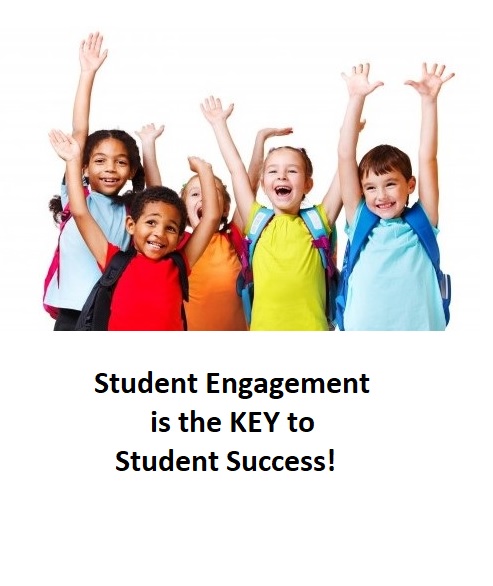
Jigsaw activities are research-based cooperative learning techniques which were invented and developed by Professor Elliot Aronson and his students in the early 1970s at the University of Texas and University of California. Since then, jigsaw activities have proven to be successful strategies used in thousands of classrooms which allow students to become experts in focused information along with collaboration and full understanding of a topic with a final product.
I chose to create a jigsaw activity on chapters 2 and 3, from the textbook Scaffolding Language, Scaffolding Learning by Pauline Gibbons. In a classroom of 25 students, I would group them into five groups of five. The groups would be diversified in terms of gender, ethnicity, race and their abilities. Next, I would appoint the most mature student in each group as a leader (students A1, B3, C2, D4).
Group A which consists of six students:
Students: A1, A2, A3, A4, A5
Group B which consists of six students:
Students: B1, B2, B3, B4, B5
Group C which consists of six students:
Students: C1, C2, C3, C4, C5
Group D which consists of six students:
Students: D1, D2, D3, D4, D5
Once the groups and leaders are established, I will divide chapter 2 into five sections to be studied. Each student will have only their assigned section of information available to research. Students now will need ample time to read over the section at least twice to become familiar with the content, as there is no reason for them to memorize it. Students will now form temporary “expert groups” by joining other students who read the same section. This will allow students to collaborate, think, and share the main points and ideas in order to create a presentation for their jigsaw group.
Now, it is time for students to return to their jigsaw group to present his or her section to the group. All members of the group should be encouraged to ask questions for clarification. Finally, a quiz could be given to check for complete understanding of the topic. Although, this can be a fun and exciting assignment, students will begin to take the activity serious as they come to realize the advantages of covering such a wide amount of material in a shorter amount of time.
Chapter 2 Assignment
Students A1, B1, C1, D1 will be directed to find the answer why learners need to understand what is said to them and what the read and why it is important for learners to use the new language themselves.
Students A2, B2, C2, D2 will be assigned to explain why learners need opportunities to use “stretched” language. They will also provide explanation of the importance of models of new language, and which model of language is most important.
Students A3, B3, C3, D3 will describe how opportunities of learning a new language can build on the resources of their mother tongue. Students will be able to identify that second language learning can be facilitated when students use the new language to learn other things, such as subject content
Students A4, B4, C4, D4 will compare and contrast the advantages versus disadvantages of both the IRE pattern and the dialogic approach. They will teach their fellow group members why teachers should practice talking with children and then role play using the “message abundancy” approach.
Finally, after the group discussion and creation of the final products, students will return to their original groups to share what they have learned. Jigsaw activities are positive strategies that help students learn cooperation within a group of peers who share responsibilities for one another’s learning by using critical thinking and social skills to complete an assignment. This type of strategy can boost and improve listening skills, communication skills, and problem-solving skills.
Another example of a jigsaw activity for chapter 3:
Chapter 3 Assignment
Students A1, B1, C1, D1 will create a brochure with information explaining the principles for effective group work.
Students A2, B2, C2, D2 will design a poster which including a list of main points why talk is necessary for collaborative group work and second language learning.
Students A3, B3, C3, D3 will create and direct a skit of an example vs a non-example of groups of students knowing how to work in groups.
Students A4, B4, C4, D4 will develop a plan of action to present to the group on how they can best develop and maintain relationships within the group.
When students are allowed to collaborate on a group task, they tend to perform at a higher cognitive and language levels that they would be working individually. Proper collaboration within groups provides opportunities of language development for English learners.
Gibbons, P. (2015). Scaffolding language, scaffolding learning: Teaching English language learners in the mainstream classroom. Portsmouth, NH, NH: Heinemann.







